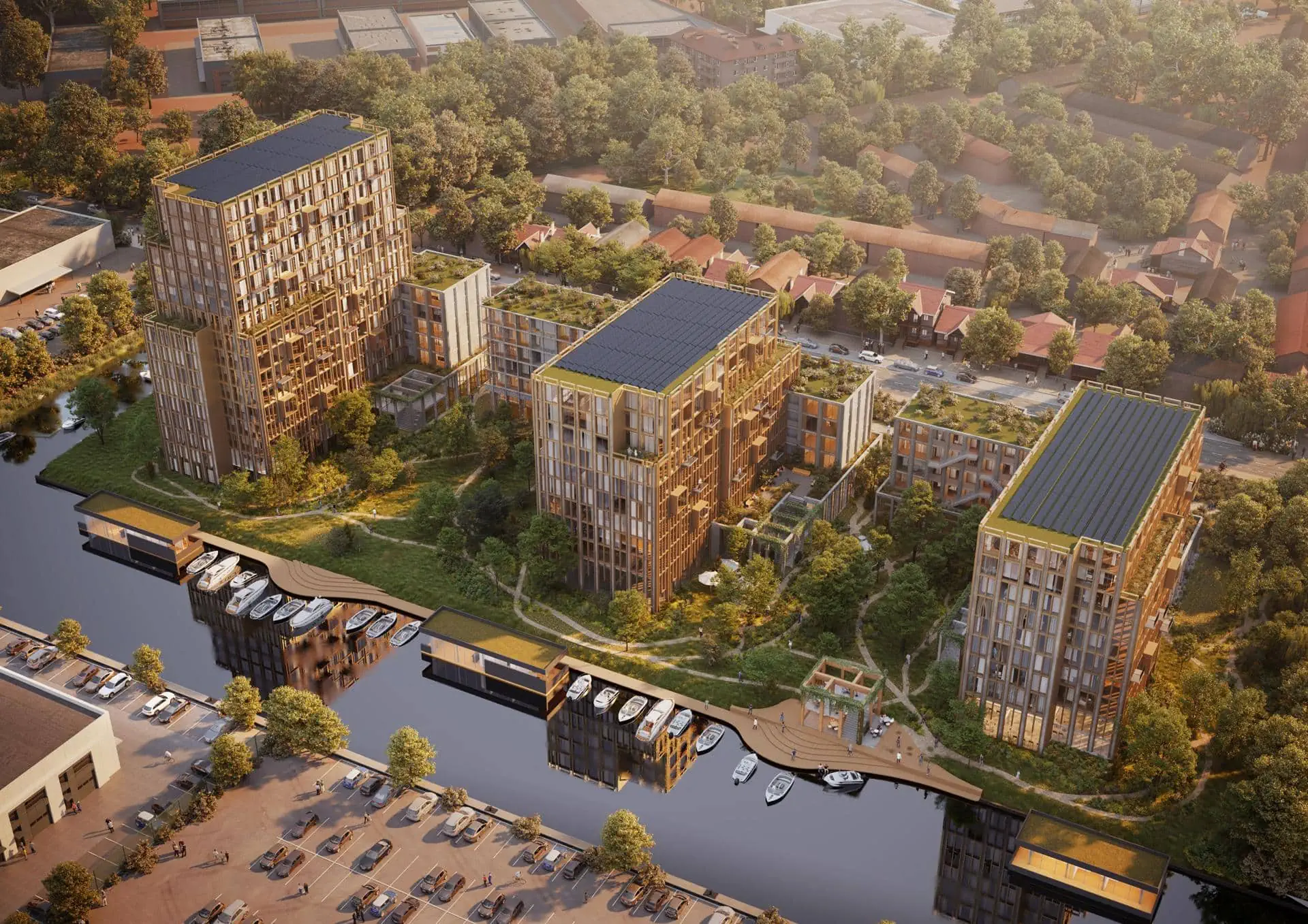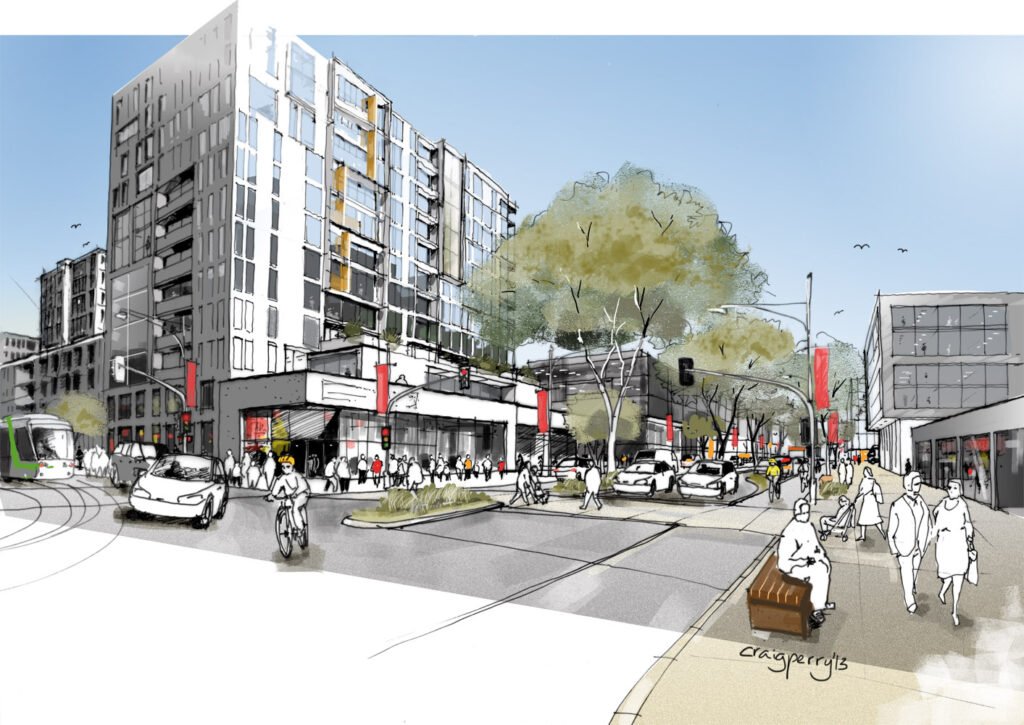Urban architectural views offer a fascinating glimpse into the evolving landscape of modern cities, where innovative design meets dynamic city life. Capturing these urban environments through photography involves highlighting the interplay between architectural styles, cityscapes, and the bustling energy of urban life. This article explores effective techniques for photographing urban architecture, focusing on modern cityscapes, design contrasts, and dynamic compositions.

Highlighting Modern Cityscapes
Modern cityscapes are characterized by their sleek lines, towering structures, and innovative designs. To capture the essence of these urban environments, use wide-angle lenses to encompass the full scope of the cityscape. Frame shots that showcase the contrast between new skyscrapers and historic buildings, emphasizing the architectural diversity that defines contemporary urban landscapes. Experiment with different perspectives to reveal the scale and complexity of the cityscape.
Emphasizing Design Contrasts
Urban environments often feature a mix of architectural styles and periods, creating striking contrasts between old and new. Focus on capturing these contrasts by juxtaposing modern skyscrapers with historic landmarks or traditional buildings. Use composition techniques such as the rule of thirds and leading lines to highlight these contrasts and create visually engaging images that showcase the city’s architectural evolution.
Utilizing Natural and Artificial Lighting
Lighting plays a crucial role in capturing the vibrancy of urban architecture. Natural light can enhance the textures and details of buildings, especially during the golden hours—early morning or late afternoon—when the light is soft and warm. For nighttime shots, use artificial lighting to highlight illuminated buildings and city lights, creating a dynamic and dramatic effect. Long exposure techniques can capture the movement and energy of the city at night.
Capturing Dynamic Compositions
Dynamic compositions are essential for showcasing the energy and movement of urban environments. Use techniques such as framing, leading lines, and reflections to create visually compelling images. Capture the flow of pedestrian and vehicular traffic, and incorporate elements such as street art, public spaces, and bustling plazas to convey the vibrancy and liveliness of the city.
Showcasing Iconic Landmarks
Urban areas often feature iconic landmarks that define their character and identity. When photographing these landmarks, focus on capturing their unique architectural features and their impact on the cityscape. Use wide shots to provide context and show how these landmarks fit into the larger urban environment. Close-up shots can highlight specific design details and contribute to a deeper appreciation of their architectural significance.
Exploring Architectural Innovations
Modern cities are hubs of architectural innovation, with cutting-edge designs and sustainable technologies shaping the urban landscape. Capture these innovations by focusing on unique design elements, such as green roofs, solar panels, and unconventional building forms. Highlight how these innovations contribute to the city’s aesthetic and functional aspects, and reflect the forward-thinking nature of contemporary urban design.
Incorporating Human Elements
Incorporating human elements into urban architectural photography can add depth and context to the images. Capture people interacting with the city environment, such as pedestrians walking along streets, people enjoying public spaces, or commuters navigating transportation hubs. These elements provide a sense of scale and demonstrate how people engage with and experience the urban architecture.
Expert Post-Processing
Post-processing is essential for refining urban architectural images and ensuring they accurately represent the cityscape. Use editing software to adjust brightness, contrast, and color balance, enhancing the visual appeal while maintaining the authenticity of the scene. Be mindful of not over-editing; the goal is to highlight the architectural details and dynamic aspects of the urban environment while preserving its natural character.
Capturing Seasonal and Temporal Changes
Urban environments can look different depending on the time of year and time of day. Consider capturing the cityscape across various seasons and times to showcase how the architecture and city life evolve. For instance, photographing a cityscape in winter with snow or in summer with vibrant street activities can offer diverse perspectives on the urban environment.
Conclusion
In conclusion, capturing urban architectural views requires a focus on modern cityscapes, design contrasts, and dynamic compositions. By utilizing natural and artificial lighting, showcasing iconic landmarks, and exploring architectural innovations, photographers can create compelling images that reflect the essence of contemporary urban environments. Incorporating human elements and capturing seasonal and temporal changes further enrich the portrayal of the cityscape. Expert post-processing ensures a polished presentation, making urban architectural photography a powerful tool for celebrating and understanding the dynamic and evolving nature of modern cities. For those interested in showcasing urban design and city life, capturing urban architectural views offers an insightful and visually engaging perspective on the world’s vibrant cityscapes.

